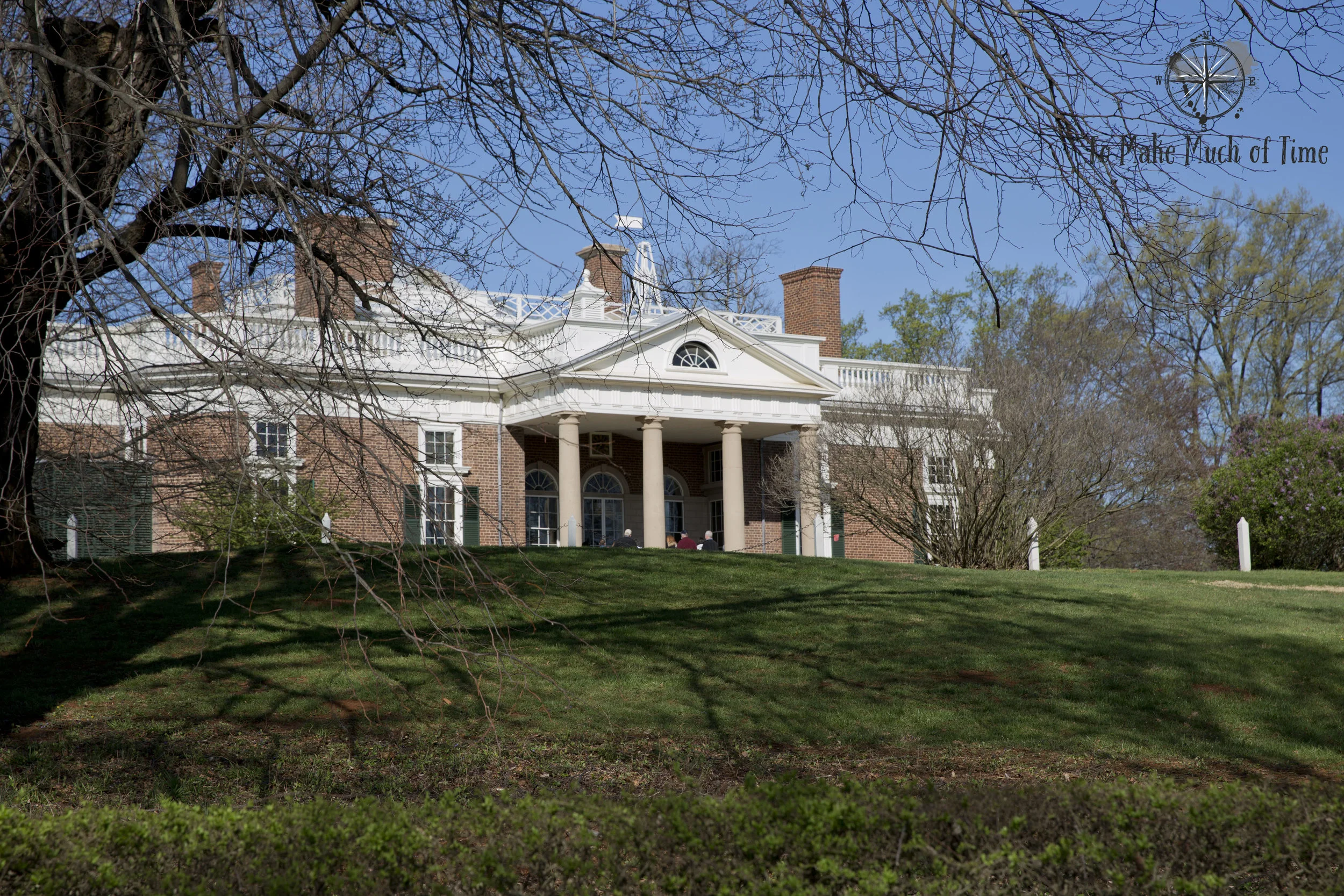Mount Vernon: The Home of the First U.S. President
View of the Potomac through Mount Vernon’s portico.
UPDATED: 2/4/2023
Note: Some links throughout our site are affiliate links, which means we may receive a small commission at no cost to you.
High on a bank looking eastward over the Potomac River sits Mount Vernon , George Washington’s home. The setting is so beautiful, it’s a wonder he was ever lured from there to engage in the founding of and leading a new country. Washington’s father owned the land, which had some smaller buildings on it. By 1758, Washington started building an expansion to the existing building and by 1774, he started adding the wings onto the house, the cupola, and other elements that define it today.
When I was a child, we lived in Southern California but the majority of my mom’s family lived in the Washington, DC, area (where I was born and would later return to live for a time). That meant that any trip eastward to visit relatives was filled with the standard DC fare - museums, monuments, and the like - to keep us kids from getting too bored and to expose us to all the amazing offerings of the area. On one of those trips, we visited Mount Vernon.
Though I can’t recall how old I was, I was most likely somewhere between 6-8 years old. I have a few vivid memories of the visit. I remember the piazza on the back of the home and its many chairs with a sweeping green grassy hill that falls away towards the Potomac. I vaguely remember trying to roll down the hill on that grass, though I’m not sure if that’s a real memory or not.
We visited during a re-enactment event, as you can tell by this man’s attire.
The other memory I have from the house tour was when the tour guide pointed out the room in which George Washington died in 1799 at the age of 67. While this is my adult interpretation of what I remember feeling, I think it was most surprising to me that someone who was a historical figure was real enough to have been right there, in that very spot, and died. As a kid there is a sense that anything that came before isn’t that real (or that’s how it felt to me).
So, in September 2009 when I headed back to Mount Vernon as an adult, with my husband and in-laws, I was curious to see the rest of the place that I didn’t remember and wondered if the tour guide would still point out where Washington died and whether it would match my memory of the spot!
As part of the re-enactment when we were visiting, there was a camp-site set up that resembled George Washington’s time period.
Mount Vernon is an impressive house due to its architectural style and the beauty of its interior. Mount Vernon’s website has a very detailed room-by-room view of the home with photos, which is fun to check out for those who may not be able to visit or to enhance your trip. But what I also really enjoyed exploring and didn’t recall from my first visit was the rest of the grounds surrounding the house.
A map of the entire estate is available here as well as an interactive map of the estate. This is one of the things that fascinates me so much about a property like this one. In the 1700s, it needed to be self-sustaining for its owners but also for their substantial list of guests and visitors. During a five year period from 1784-1789, it is believed that nearly 600 guests visited the home.
Closest to the house are the upper and lower gardens and buildings like the kitchen, smokehouse, and blacksmith building. Exploring from there, we visited the various paddocks housing animals and the barn, saw the original tomb where Washington was interred before moving to a new site, a fruit garden, and then further along is a re-creation of the architecturally impressive 16-sided barn as well as a replica of a slave cabin. I definitely recommend going to Mount Vernon with plenty of time to explore the entire estate.
A view from the barnyard.
And what of slavery? During our visit, slavery was certainly mentioned, particularly in the replica slave cabin as well as a monument to the slaves. I don’t, however, have a strong memory of a whole lot of focus being placed on it compared to some of my recent visits to Monticello and Montpelier. But, my latest visit to Mount Vernon was in 2009, and in the intervening years, it has likely changed as many historic sites have started to come to grips with their complex pasts. Some information about slavery at Mount Vernon is included on their website and has conflicting reports as to whether Washington may have been more severe towards his slaves than neighbors. He did free his slaves upon his death through manumission and was the only founding father to do so.
Ready for your own trip to Mount Vernon? Visitor tip: buy your tickets online in advance for a discounted rate.
Click the image below to save this post to Pinterest!
Check out our other posts about Virginia:
Ready to tour two more presidential houses in Virginia?
Time to head to Charlottesville!




















